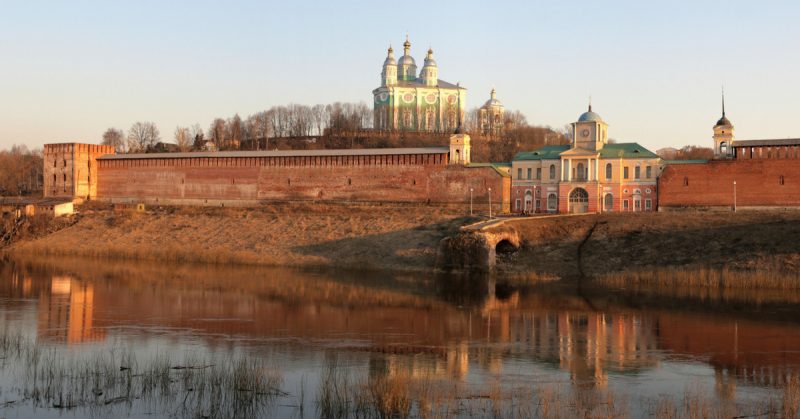The Time of Troubles is one of the most difficult periods in the history of Russia. It was an era marked by a grave state crisis, wars, particularly the Russo-Polish War, and natural disasters. The country also suffered from internal contradictions and foreign intervention. One of the most important and key events of the Time of Troubles and the Russo-Polish War was the defense of Smolensk.
The protracted defense of Smolensk by the besieged Russians is one of the great achievements and stories of Russian history. Filled with palace intrigues that involved several different European powers, false princes, and a war for religious prominence. Despite all the court machinations, the people and defenders of Smolensk stayed true.
Reasons for the Russo-Polish War
In 1604, an impostor appeared in the territory of the Polish-Lithuanian Commonwealth. He pretended to be the deceased tsarevich Dmitry (the son of Ivan the Terrible). In fact, he was Grigory Otrepiev – a runaway monk who, through a grand act of deceit, wanted to gain power.
At this time, Boris Godunov was the ruler of Moscow. During his reign the harvests failed. For this reason, many people were short of food, they were starving. Superstitious townspeople blamed the tsar for their misfortunes. They were waiting for the appearance of False Dmitry.
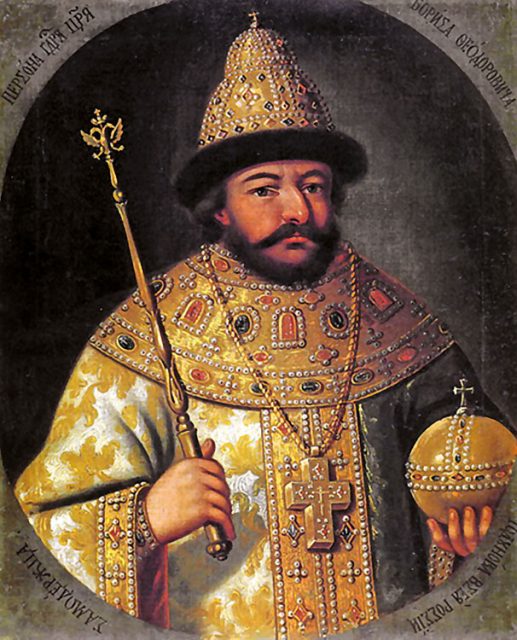
Otrepiev (or False Dmitrii) received financial support from various Polish aristocrats. Most of his troops were Cossacks from the Polish-Russian regions. In 1605, False Dmitri managed to seize power in Moscow, mainly due to a lucky coincidence.
After the successful power grab, Otrepiev gave the Poles key posts in the state. The Moscow elite did not like this move, and they organized a conspiracy against him. As a result, False Dmitry was killed, and all the Poles were imprisoned. The post of tsar then went to the former boyar Vasily Shuisky.
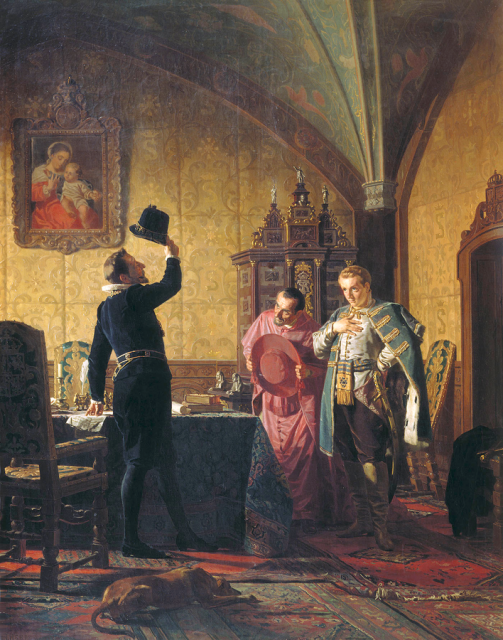
Start of the war
When King Sigismund III of Poland learned of the arrest of the Polish nobles in Moscow, he became enraged. At the same time, a new impostor appeared in Moscow, receiving the name of False Dmitri II. Polish aristocrats supported him and joined him. Having united they approached Moscow and blocked its access to food and resources. A famine began in the city.
Tsar Vasily Shuisky agreed to release all Poles from prison, but at the same time, he also made an alliance with the Swedish king. In return for military assistance, Russia promised to give the Swedes several areas of territory.
Learning about the conclusion of an alliance between Russia and the Swedes, King Sigismund took this as the time to start a war with Russia; the Swedes were sworn enemies of Poland. For this reason, Sigismund used the principle “A friend of my enemy is my enemy too.”
He knew about the troubled times in Russia and that the country was in crisis. The Polish king expected that he could easily capture Moscow. In 1609, Sigismund officially declared war against Tsar Shuisky and, together with the army, went to the Russian border.
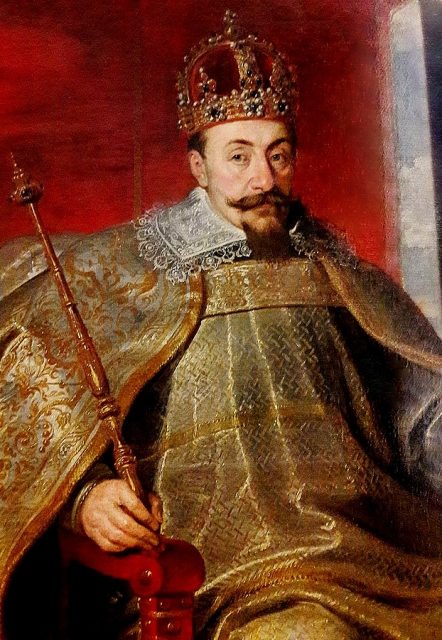
Preparation of Smolensk for the siege
The city of Smolensk is located on the way from Poland to Moscow. It was considered a “shield” for the capital of Russia. In January 1609 (on the eve of the attack), Sigismund held a Diet (assembly) in Warsaw. There he proposed a plan according to which he would put his son Vladislav on the Russian throne.
The Poles began to make small attacks on the outlying Russian cities. Mikhail Shein led the defense of Smolensk and realized that soon a large army would arrive at his city. He organized the construction of frontier posts on the approaches to the city. But Smolensk’s position worsened when all roads to Moscow were blocked.
Then Shein took action to gather all the people who lived in the area. He distributed decrees, recruiting soldiers and increasing the city’s fighting reserves. Ordinarily peaceful peasants were taught to handle weapons and used to strengthen positions. Shein divided his garrison into two main parts.
The first detachment of two thousand people was supposed to protect the walls of the fortress. They were divided into thirty-eight identical units. The second detachment of troops was intended for attacks against the enemy camp. If necessary, the second detachment would fall back and help the first.
Shein organized everything necessary to protect the boundaries of the city of Smolensk. With the Russian kingdom in a state of chaos, Smolensk had to quickly prepare for its defense on its own.
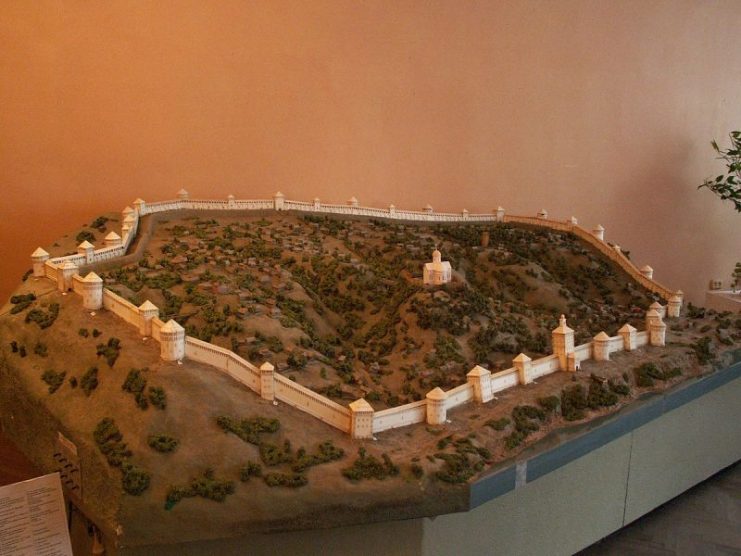
The appearance of the Poles and the first assault on Smolensk
The first enemy detachments appeared near the walls of Smolensk on September 16, 1609, led by their commander Lev Sapieha. After 3 days, Sigismund’s forces approached Smolensk. The number of Polish troops was constantly growing. At first, there were twelve thousand men, but over time, the number increased to twenty-two thousand.
They occupied a total area of about 9 square miles around Smolensk. Taking up their position, they sent a parliamentarian with a request of surrender to the city. According to one version, they did not receive an answer. According to another version, city residents promised to drown the Poles with water from the Dnieper River.
The siege of Smolensk lasted almost 2 years (20 months) from 1609 to 1611. Sigismund had not expected that he would not meet such resistance and therefore made a number of mistakes. Commander Stanislav Zolkiewski invited the King to leave Smolensk under blockade, and send the main forces on to Moscow. But Sigismund disagreed and ordered Smolensk be stormed.
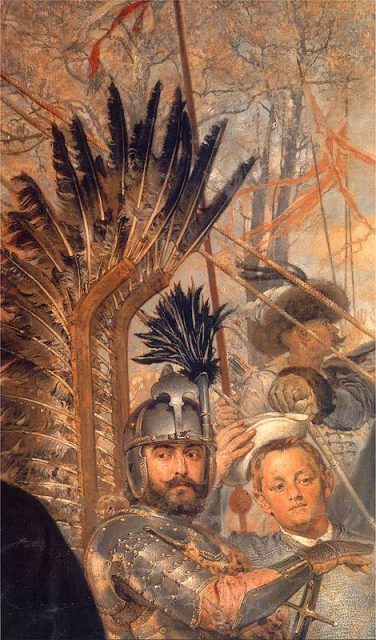
First, Polish sappers attempted to blow up the gates of the city. The first attempt was made during the day and was unsuccessful. However, the second attempt was made at night but failed to provide any practical benefit. Polish troops were not organized enough, and they did not expect to see much, if any, resistance.
The dense structure of the formation of assault troops allowed Russian rifles to inflict serious damage on them. The superior firepower of the defenders of the fortress allowed them to take long-range shots at enemy positions. The Poles passed around the fortress from different directions, but each time failed. Shein used his reserve forces effectively and prevented the Poles from gaining an advantage.
It is interesting that King Sigismund hired Western specialists to advise his army, but even their efforts failed to get the desired results. At the same time, Mikhail Skopin-Shuisky unlocked Moscow. After that, active guerrilla actions began to attack the rear of the Polish army. This temporarily weakened the strength of King Sigismund.
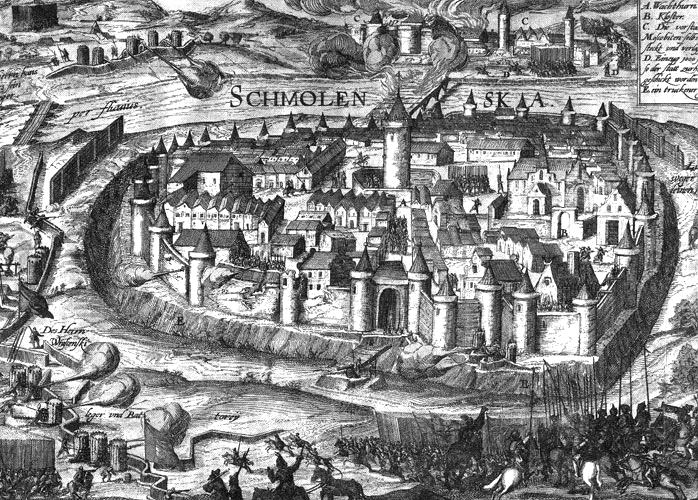
The winter of 1609-1610 was especially harsh. The townspeople of Smolensk experienced an acute shortage of food and famine struck the city. In the spring, the city learned of the death of Skopin-Shuisky, who had personified the hope of victory. He was poisoned by boyars in Moscow.
But despite such bad news, a new tsarist army advanced from Moscow to help besieged Smolensk. Unfortunately, this army was defeated by the Poles at Klushin on June 24, 1610. However, the defenders fought on against the invaders and the siege continued.
Meanwhile, the new rulers of Moscow turned out to be supporters of the Polish king. In history, this period has the name “Semiboyarschina“. Word was sent to Smolensk to turn the city over to King Sigismund. However, Mikhail Shein refused to obey. All the inhabitants of the besieged city supported his decision. The people hated the Poles and were ready to fight to the death.
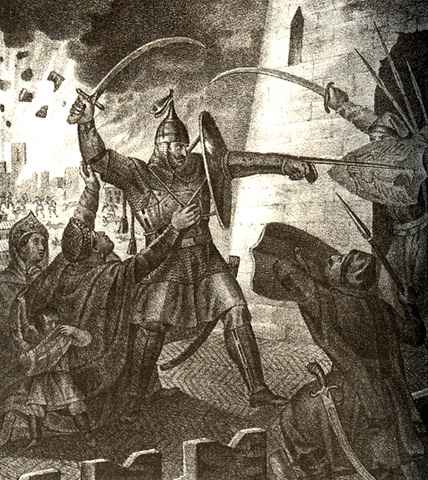
Sigismund, having learned that the residents of Smolensk were not going to give up, gave them three days to surrender. Otherwise, he promised to take the city and execute all its inhabitants.
The defenders once again thwarted his plans. The inhabitants of Smolensk had dug a tunnel and managed to destroy all the artillery of the Poles. Sigismund was forced to request new cannons, from Poland, which weren’t delivered for 2 months.
The fall of Smolensk
During the years of the siege (1609-1611), the defense of Smolensk had exhausted its inhabitants. Knowing this, the Poles made another attempt to storm the city. On June 3, they managed to breach the walls, but the defenders of Smolensk stepped deeper into the city and continued to fight with the invaders.
Most of the local exhausted and starved residents took shelter in the Monomakh Cathedral. They had placed explosives underneath it and set them off rather than be captured. The explosion destroyed the temple and killed the people inside as well as many Polish soldiers. However, Mikhail Shein who had been wounded in the fighting was taken prisoner.
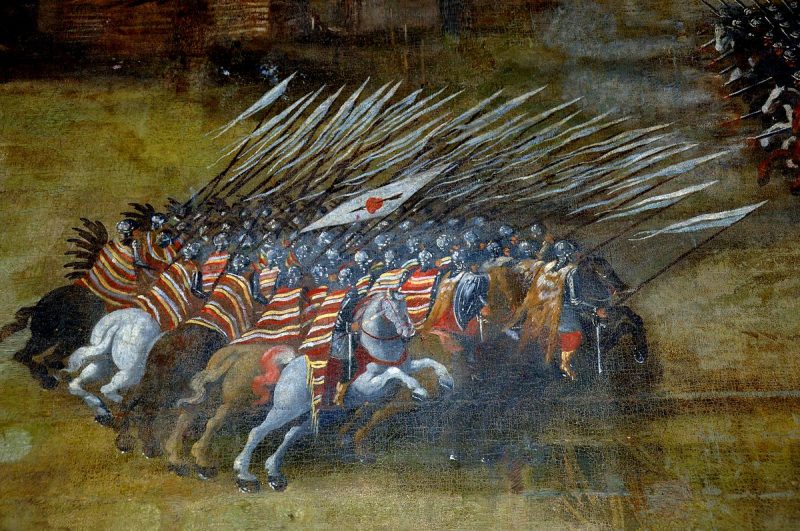
Results of the defense of Smolensk
The heroic defense of Smolensk has become an example of courage and grit for the people of Russia. It inspired Russians throughout country and the First and Second People’s Militia appeared. The siege of Smolensk was an economic disaster for Poland. The king was forced to expend large amounts of resources in order to maintain his besieging army and with little net benefit in the end.
The Siege of Smolensk remains one of the longest in Russian history and stands as a testament to human courage and perseverance.
